
A TRIP TO THE CEMETERY. A walking tour along the quiet and narrow streets of the Manila Chinese Cemetery is like listening to stories retold by the decorated tombs, elaborate mausoleums, and intricately-carved memorial sculptures. Aside from being a morbid-curiosity tour that one would usually expect when exploring old graveyards, touring the Manila Chinese Cemetery is also a cultural, historical and an architectural tour.
Being an active burial ground since the Spanish times, the cemetery has been transformed into a city-like landscape with architectural structures representing styles from the19th century revivalist to the pre-war art deco movement to modern and contemporary design-themes.
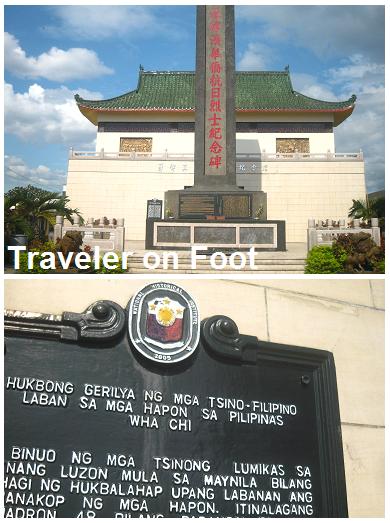
HISTORY IN THE CEMETERY. In addtion to the various architectural styles represented in tombs and mausoleums, this cultural landmark in Manila also offers history lessons about tragedy and heroism that are remembered in the several monuments and historical markers dedicated to war and calamity victims and heroes.

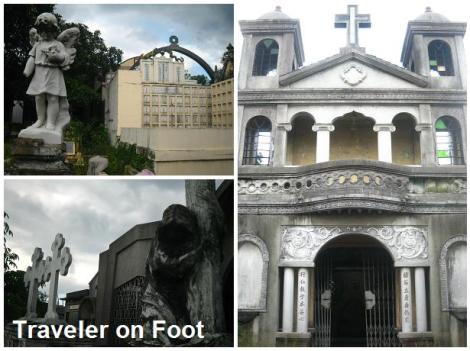
CHINESE CEMETERY. The Manila Chinese Cemetery is the second oldest cemetery in Manila. Historically, it was designated as the graveyard for the Chinese who were denied burial in Catholic cemeteries during the Spanish period.
Together with a much older cemetery, the Campo Santo de La Loma and the largest burial ground in Metro Manila, the Cementerio del Norte, it occupies the northeastern section of the cemetery complex in Paang Bundok or La Loma hill.

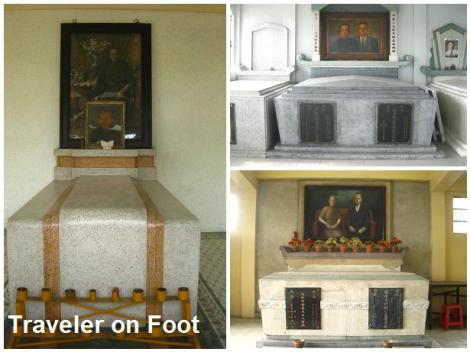
SPARED FROM WAR. Maybe it’s superstition (bad omen will come to those who desecrate graves) that kept the Manila Chinese Cemetery intact for centuries. Even during World War II, the cemetery has been spared from the bombings while the rest of Manila was destroyed.
This favorable fate gave the succeeding generations the chance to see authentic architecture from the different periods in history.
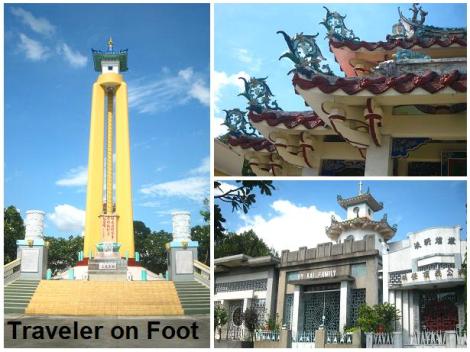
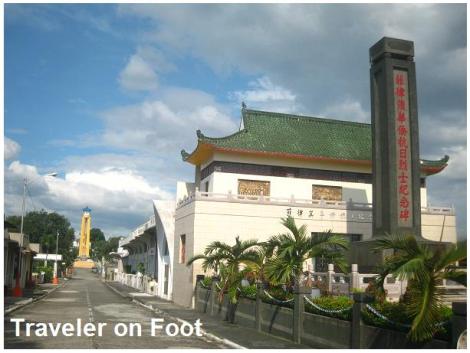
MILLONAIRE’S ROW. For touring purposes, areas in the cemetery have been fittingly identified as Little Beverly Hills, Millionaire’s Row, etc. because it’s here where one can purchase the most expensive piece of real estate in the country.


CHONG HOCK TONG TEMPLE. Most guided tours start at the Chong Hock Tong Temple. Established in the 1850s, the impressive structure contains huge Taoist deities in gold leaf.
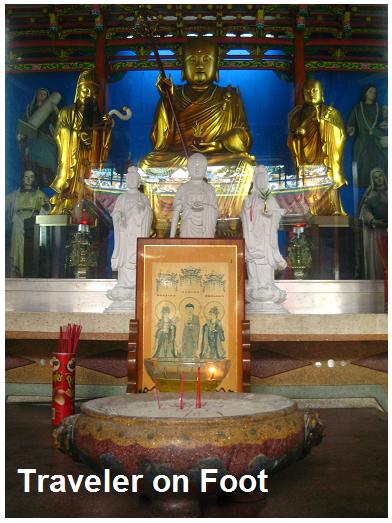
OLDEST CHINESE TEMPLE. But upon closer look, we noticed images of Catholic saints standing behind the oriental gods -a happy blending of faith in the country’s oldest Chinese temple.

RUBY TOWER MEMORIAL. Along the same road are more monuments and shrines like the Ruby Tower Memorial. The tower-like structure is dedicated to the more than two hundred Filipino-Chinese family members who died when the six-storey Ruby Tower collapsed during the earthquake that hit Manila on August 2, 1968.
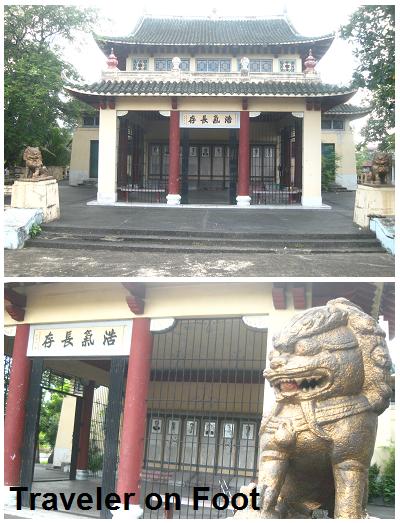
MARTYR’S HALL. A few walks from the Chong Hock Tong Temple is the Martyrs’ Hall. The shrine was built in the 1950s to remember the 10 Chinese community leaders who were executed by the Japanese in beginning of World War II.
The Japanese army did several executions in the cemetery ground during World War II. Writer Rafael Roces and Girl Scout organizer Josefa Llanes Escoda where executed in the cemetery grounds.

EPILOGUE. A mausoleum dedicated to Sy Sian Teng who together with his entire family were captured by the Japanese on January 23, 1945. They were never seen alive again.
On February 12, 1945, his friends and house helpers, were massacred by the Japanese army at 161 Balagtas Street, Malate, Manila. Inscribed on a metal sheet by the post are the words let us forgive but never forget lest history repeat itself.